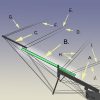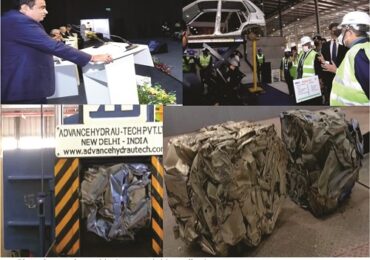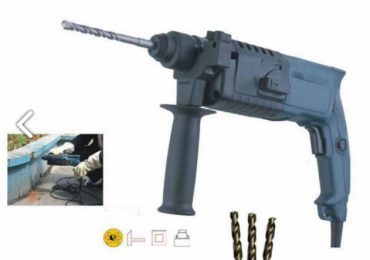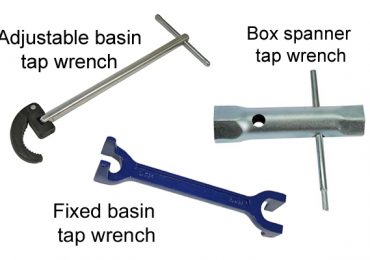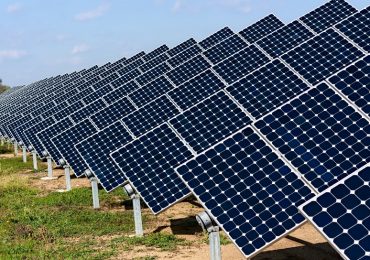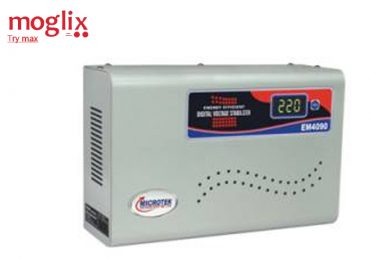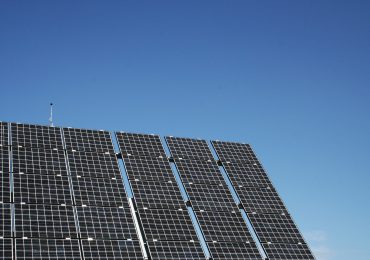In metal working and other sectors that use lubricants in their daily operations, it is common to hear the word EP being discussed. While to others it may sound strange, in the lubricants language it simply means Extreme Pressure. EP metal working systems containing such EP additives that tend to incorporate a number of chemical properties that make them exude unique characteristics.
EP refers to a quality in lubricants that imparts a specific property to the surfaces where they are applied. They tend to make these surfaces have the capacity to bear heavy loads and resist wear and tear tendencies. This is definitely a pattern that is rare with ordinary lubricants. Additives are usually formulated to match the demands of the system in place. As said earlier the additives are many and as such can be customized to accommodate the unique requirements of the system in which they are used.
Sulfur, Phosphorus and Chlorine
These are types of additives that are commonly used in instances where extreme pressure and film strength characteristics are needed. As opposed to the other additives, these ones react with heat and not pressure. When exposed to the metal surfaces, they form a film or rather a surface compound that makes shields the mating surfaces hence preventing wear and tear. The film instead takes the place of these surfaces and gently wears with time leaving the surfaces unscathed. One additional characteristic of the surface compound that forms is that it has a lower shear strength compared to the base metal and this is significant in the reduction of friction.
In metal working, it has been researched and documented that using the application of additives helps in the performance enhancement of metalworking fluids. This is important as it reduces chip thickness and improves the overall surface finish. Ultimately all these properties help in improving tool life.
There are many forms in which sulfurized additives comes in. Scientifically, they are classified as either inactive sulfur materials or active ones. Active sulfur materials refer to additives that are characterized by weak sulfur bonds that break loose when subjected to conditions of intense temperature. These active compounds also permit higher amounts of extreme pressure activity.
Due to the readiness of the systems to react with metal surfaces, it is common to find discoloration and staining in non-ferrous applications. Active sulfur compounds are responsible for the production of the highest amounts of extreme pressure loading and excellent anti-welding properties.
Inactive sulfur on the other hand refers to systems that rarely react with metal surfaces. They comprise of compounds such as esters and sulfurized fats. They function in a unique way in that they produce levels of lubricity and anti-wear. Despite their poor Extreme Pressure characteristics, these systems work best when combined with other active chemistries. More specifically chemicals such as chlorine and phosphorous make these inactive compounds produce enhanced surface finishes.
Among the EP additives being used today, chlorine is being considered the most flexible and versatile. In addition to them being active chemistries, lab test and experiments have proved that they are more reactive than sulfur based materials. Because of these properties, chlorine additives tend to form at relatively lower temperatures than their sulfur counterparts. Due to the high activity level, chlorine tends to produce corrosion and staining under extreme conditions. In most of the times, the reaction between metal surfaces and chlorine additives tends to be concentrated on the tool chip surface. This is due to the high temperatures that are necessary for the reaction of chlorine and the metallic surfaces. In the application of chlorinated compounds, most formulators mix adequate inhibitor systems for EP properties.
Phosphorous does not function well as an additive because it rarely forms a phosphide film with the metal surfaces. To make it effective, it is usually combined with either sulfur or chlorine additives. This gives it excellent anti-weld characteristics and surface finish properties. Phosphorous compounds and organic phosphates function well as mild EP additives. Compared to chlorine and sulfur, phosphide films tend to break at a relatively lower temperature range. The effectiveness of phosphorous additives can however be seen as a lubricity additive.
In any given formulation therefore the balance of additives is heavily dependent on the metals being processed and the unique requirements of the machining and cutting operations. When matching any fluid type with a competitor fluid, EP performance needs to be done in addition to a chemical analysis for the basic Extreme Pressure additive compounds as well.
Bio:
Handel is a consultant in Metalworking Fluid Systems. His vast knowledge in this field has seen him grace international forums both as a keynote speaker and a strategic participant. In his business tours across the world he has visited renowned companies in the industry such as UnistAustralia.



